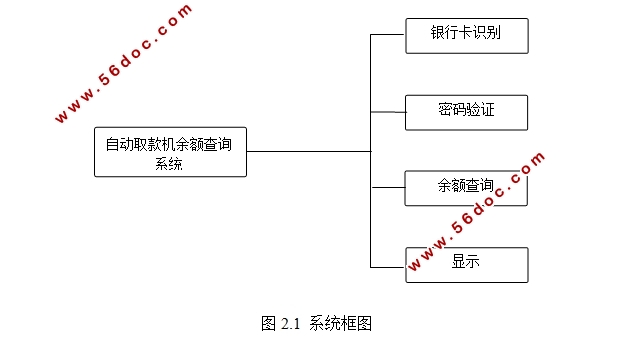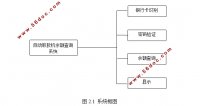自动取款机余额查询系统设计(任务书,开题报告,论文10800字)
摘 要
自动取款机(ATM)是一种高度精密的机电一体化设备,能够让用户完成的自助业务包含了运用磁性代码卡或智能卡完成金融交易,很大程度上代替了银行柜面人员的工作。一般可进行现金提取、存款余额查询、账户之间转账等工作。本文首先提出了总的系统设计方案,分别在硬件、软件和设计方法三个方面进行选择和比较;其次,基于EDA技术设计自动取款机余额查询系统,包括识别模块、密码验证模块、余额查询模块和显示模块;最后在Quartus II开发环境下进行系统的仿真,完成自动取款机余额查询系统设计。相比于传统的自动取款机系统,本系统开发周期短、开发成本低并且操作速度快,保密性,稳定性和可修改性以及可扩展性好,有非常大的发展空间。
关键词:自动取款机;EDA;QuartusII
Abstract
ATMs are highly sophisticated electromechanical devices that use magnetic code cards or smart cards to self-service financial transactions to replace bank counterpersonnel. Can extract cash, check deposit balances, transfers between accounts. In this paper, the general system design plan is first proposed, and the hardware, software and design methods are selected and compared in three aspects. Secondly, the system for designing the balance of the ATM based on EDA technology includes an identification module, a password verification module, and a balance query module. The display module; Finally, the system simulation is performed in the QuratusII development environment to complete the design of the cashpoint balance inquiry system. Compared with the traditional ATM system, this system has a short development cycle, low development cost, and high operating speed. It has good confidentiality, modifiable performance, and scalability, and has a lot of room for development.
Key Words:ATM;EDA;QuartusII

目录
摘 要 I
Abstract II
第1章 绪论 1
第2章 系统结构设计与方案选择 3
2.1 系统结构 3
2.2 系统方案论证 3
2.2.1设计方式选择 3
2.2.2软件选择 5
2.2.3技术选择 6
第3章 识别模块设计 8
3.1 识别模块设计原理 8
3.1.1 设计需求 8
3.1.2 设计原理 8
3.2 识别模块设计 8
3.3 识别模块仿真 9
3.4 小结 11
第4章 密码验证模块设计 12
4.1 密码验证模块设计原理 12
4.1.1 设计需求 12
4.1.2 设计原理 12
4.2密码验证模块设计 12
4.3 密码验证模块仿真 13
4.4 小结 14
第5章 余额查询模块设计 15
5.1 余额查询模块设计原理 15
5.2 余额查询模块设计 15
5.3 余额查询模块仿真 15
5.4 小结 16
第6章 显示模块设计 17
6.1 显示模块设计原理 17
6.2 显示模块设计 17
6.3 小结 17
第7章 系统实现与仿真 18
7.1 系统整合 18
7.2 系统仿真 18
7.3 小结 18
结 论 20
参考文献 21
附 录 22
致 谢 28
|



